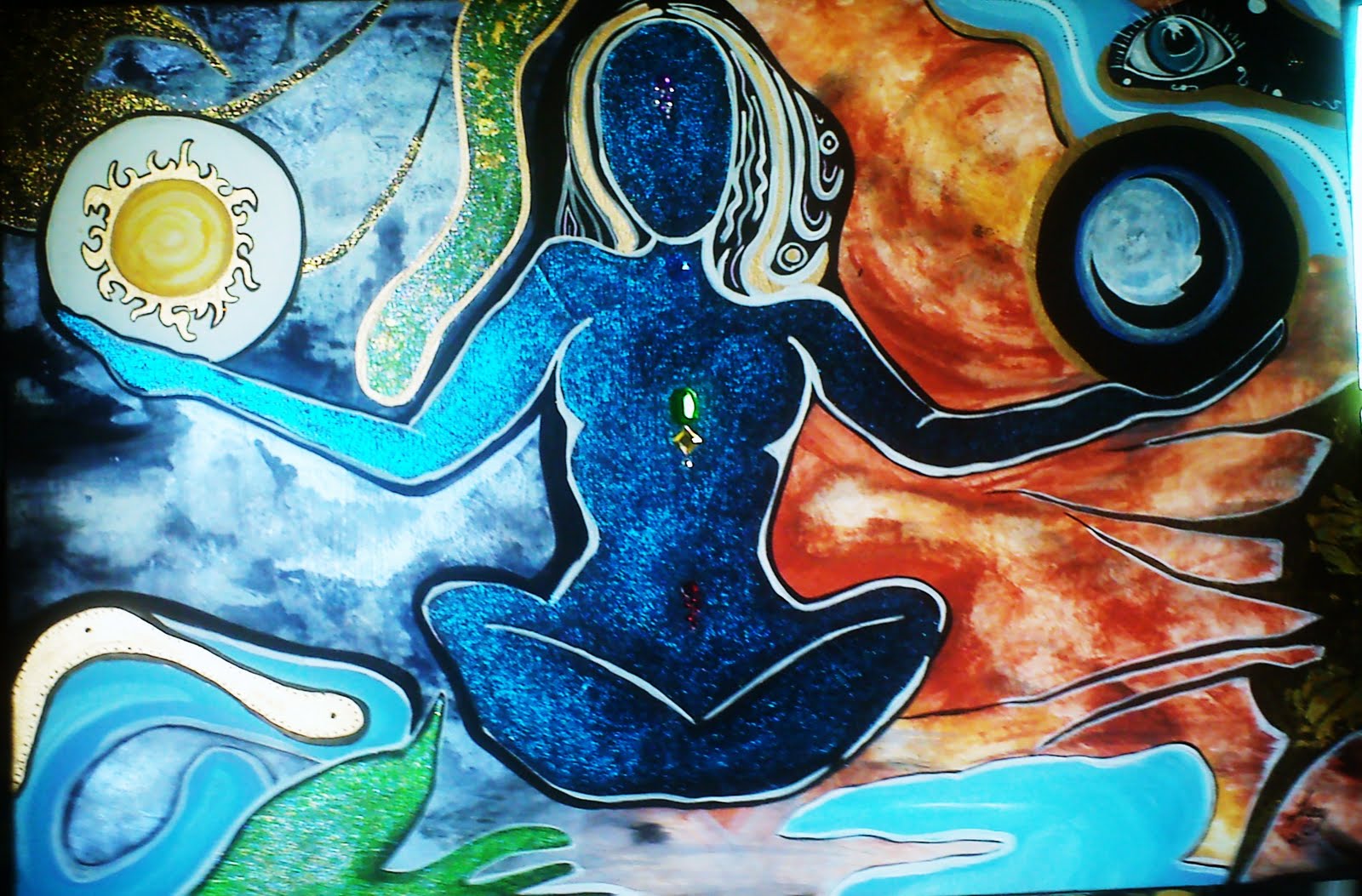Understanding The Essence Of Balance Art
Balance art is a captivating and intricate form of artistic expression that harmonizes elements to create a sense of equilibrium and beauty. This unique art form transcends traditional boundaries, inviting observers to engage with the artwork on a deeper level. From sculptures to paintings, balance art challenges artists to explore the delicate interplay between weight, space, and movement, ultimately leading to a visual experience that resonates with the audience. As we delve into what balance art entails, we will uncover the principles that underpin this fascinating discipline, the various mediums utilized, and the impact it has on both creators and viewers alike.
Artists who specialize in balance art often incorporate diverse materials and techniques, merging their creativity with an understanding of physical forces. Whether it’s through the strategic placement of objects or the careful selection of colors and textures, each piece serves as a testament to the artist’s skill in achieving harmony. This exploration of balance not only reflects the artist’s vision but also invites viewers to contemplate their own perceptions of stability and beauty within the chaos of everyday life.
As the world continues to evolve, so too does the interpretation and appreciation of balance art. By embracing modern themes and technologies, artists are expanding the horizons of this genre, allowing it to resonate with a broader audience. In this article, we will explore the various facets of balance art, its historical context, and its significance in contemporary artistic practices.
What is Balance Art?
Balance art can be defined as an artistic practice that emphasizes the equilibrium of various elements within a composition. This concept of balance extends beyond mere aesthetics; it encapsulates the emotional and psychological aspects of art. The core idea revolves around achieving a visual harmony that evokes a sense of stability, allowing the viewer to engage with the work on multiple levels.
How Did Balance Art Evolve Over Time?
The evolution of balance art can be traced back to ancient civilizations where the principles of balance were integral to architecture and sculpture. As artistic movements emerged, the concept of balance took on new meanings, adapting to the cultural and social contexts of different eras. From the symmetry of classical Greek sculptures to the dynamic forms of modern abstract art, balance has remained a pivotal aspect of artistic expression.
What Are the Key Principles of Balance Art?
Several key principles define balance art, including:
- Symmetrical Balance: Achieved when elements are arranged evenly around a central axis, creating a mirror image.
- Asymmetrical Balance: Involves the arrangement of differing elements that still achieve a sense of equilibrium through visual weight.
- Radial Balance: Elements radiate from a central point, creating a circular flow that draws the viewer’s eye.
- Contrast and Harmony: The interplay of opposing forces, such as light and dark, can enhance the sense of balance within a composition.
Who are the Pioneers of Balance Art?
Throughout history, numerous artists have made significant contributions to the field of balance art. Their innovative approaches have paved the way for future generations to explore and redefine the concept of balance. Some notable figures include:
- Alexander Calder: Renowned for his mobile sculptures, Calder’s work exemplifies movement and balance in three-dimensional space.
- Henri Matisse: Known for his vibrant color palettes and dynamic compositions, Matisse’s paintings often reflect a balance of forms and colors.
- Pablo Picasso: As a co-founder of the Cubist movement, Picasso challenged traditional notions of balance through fragmented forms and perspectives.
What Mediums Are Used in Balance Art?
Balance art encompasses a wide range of mediums, each offering unique opportunities for expression. Some common mediums include:
- Painting: Artists utilize color, shape, and composition to create a balanced visual experience.
- Sculpture: Three-dimensional works often explore physical balance and spatial relationships.
- Installation Art: Large-scale installations invite viewers to interact with the space, creating a dynamic balance between the artwork and its environment.
- Digital Art: With advancements in technology, artists are now able to experiment with balance in virtual spaces, pushing the boundaries of traditional art forms.
How Does Balance Art Impact Viewers?
The impact of balance art on viewers is profound. Engaging with balanced compositions can evoke a sense of calm and stability, providing a respite from the chaos of everyday life. It encourages introspection and invites the audience to explore their own relationship with balance—both in art and in their lives. The emotional resonance of balance art can lead to a transformative experience, fostering a deeper appreciation for the nuances of the artistic process.
What is the Future of Balance Art?
As we look to the future, the exploration of balance art is likely to continue evolving. With the integration of technology and new materials, artists are presented with endless possibilities for innovation. The concept of balance will remain relevant as creators seek to address contemporary issues and challenge traditional paradigms. Ultimately, balance art will continue to inspire, provoke thought, and foster a deeper connection between artists and audiences worldwide.
Conclusion: Embracing the Art of Balance
In conclusion, balance art serves as a testament to the intricate relationship between form, space, and emotion. By exploring the principles of balance and the diverse mediums available, artists can create works that resonate with viewers on multiple levels. As we continue to navigate the complexities of the modern world, the pursuit of balance in art will remain a vital and enriching endeavor, inviting us all to find equilibrium in our own lives.
Exploring The Art Of Te Waza Judo: A Path To Mastery
Troubleshooting Your Toshiba TV Keeps Turning Off: A Complete Guide
Unraveling The Complex Relationship: What Did Ed Kemper's Mom Do To Him?
/rocks-balancing-on-driftwood--sea-in-background-153081592-591bbc3f5f9b58f4c0b7bb16.jpg)
Balance Basic Principles of Design

I am A Work of Art Maintaining The Balance

Balance Drawing by Rebecca Jayne Fine Art America